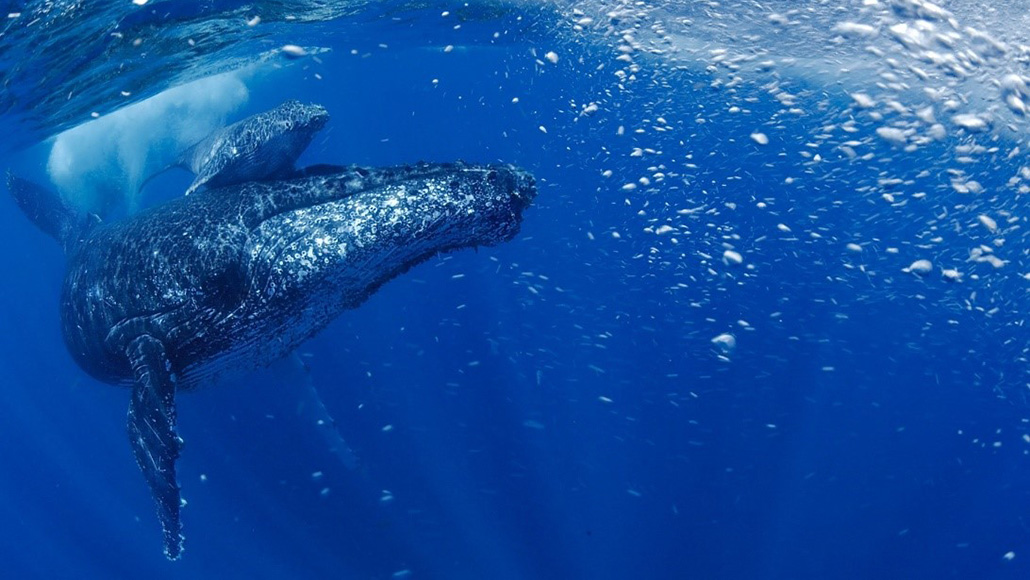Humpback whales in the South Atlantic have recovered from near-extinction
A new count shows the population off Brazil went from about 450 in the 1950s to 25,000 now

Humpback whales in the South Atlantic are recovering so well that the researchers estimate that the population should reach its level prior to commercial exploitation in the year 2030.
L. Candisani/Courtesy Insituto Aqualie
- More than 2 years ago
Once hunted almost to extinction, the population of humpback whales that swims the seas between South America and Antarctica has bounced back.
An estimated 25,000 Megaptera novaeangliae now live in the western South Atlantic. That’s about 93 percent of the population’s prehunt levels, which also were updated by a new counting method, researchers report October 16 in Royal Society Open Science.
“It is good news,” says María Vázquez, a biologist at the National Autonomous University of Mexico in Mexico City who was not involved in the assessment. She’s been studying a threatened population of humpbacks off the west coast of Mexico and has observed its progress, too. “We see it year after year, there are more animals, younger, more offspring,” she says.
This rebound may be part of a global trend for humpbacks. Of 14 known populations — seven in the Southern Hemisphere and seven in the Northern Hemisphere — 10 have shown signs of recovery, according to the National Oceanic and Atmospheric Administration. The other four are not recovering and are considered endangered.
Whale hunting, which began in the western South Atlantic around 1830, caused the humpback population there to plummet to a low of 440 by 1958. With commercial whaling first curbed and then eventually banned in 1986, the population began to recover.
Assessments by the International Whaling Commission between 2006 and 2015 suggested that the population had recovered to about 30 percent of its abundance prior to exploitation. But counting moving animals is complicated, even more so when the animals are migrating thousands of kilometers underwater and are seen only when they surface to breathe.
For the study, researchers considered air- and ship-based observations, as well as new historical and genetic data that suggest the population was more resilient and productive than thought. “In the previous assessment, we had a less accurate estimate of population size, and we only had data on modern whaling,” says Alex Zerbini, a marine biologist at the NOAA’s Marine Mammal Laboratory in Seattle.
For instance, historic data on struck-and-lost rates — when hunters harpooned a whale, but it escaped and later died — allowed researchers to reach more accurate estimates for a prehunt population of around 27,000 humpbacks. And genetic data let the team “estimate the minimum number of reproductive females available to the population during the bottleneck,” when the population’s numbers were at their lowest and genetic variability was reduced, Zerbini says. “So when the population is very, very small, we have an idea of how many female existed.”
The genetic data excites Vázquez. It demonstrates that the population in the South Atlantic did not lose genetic variation, something fundamental to consider the population healthy, she says.
Zerbini says he hopes the new counting method will reveal similar success stories with the other humpback populations. But he worries that humpbacks may be recovering just to face new threats from climate change and marine debris (SN: 8/10/15). “Climate change affects the entire ecosystem, so it will affect whales,” he warns. And “it also will affect the whales’ prey and the whales’ competitors” (SN: 10/15/19).






